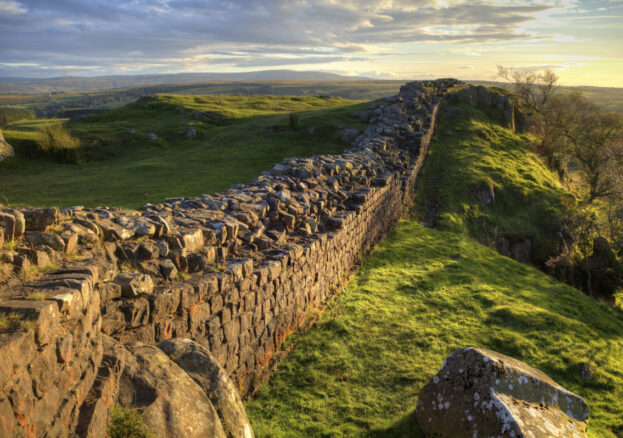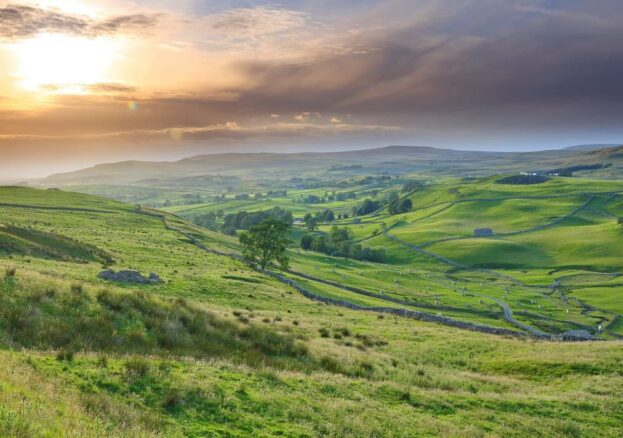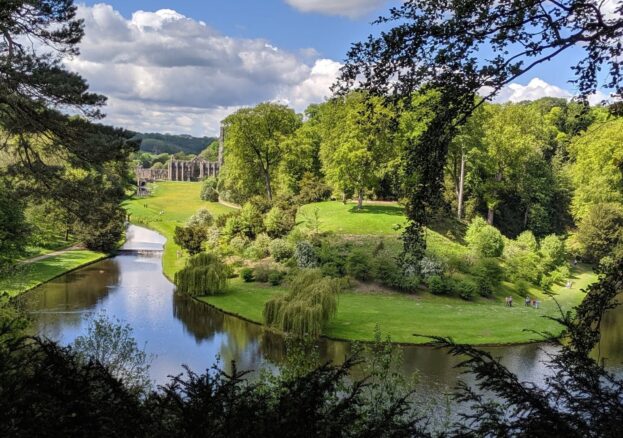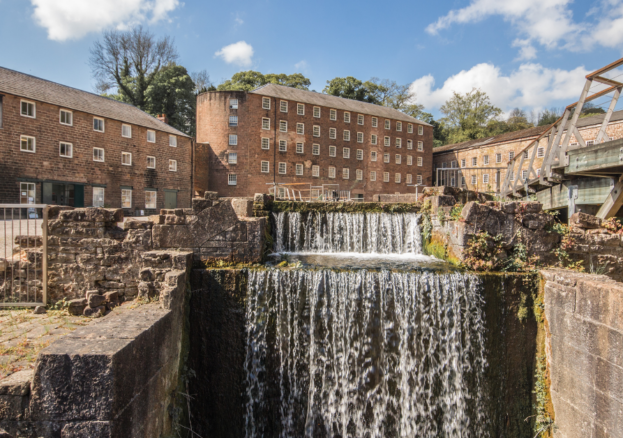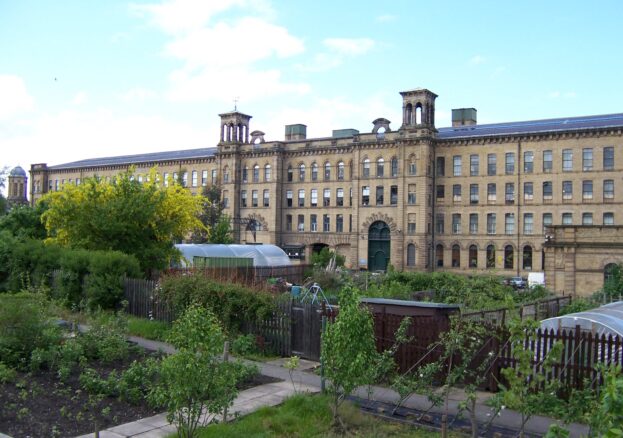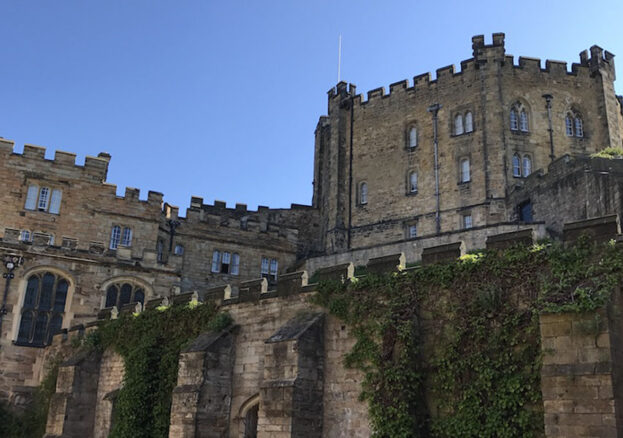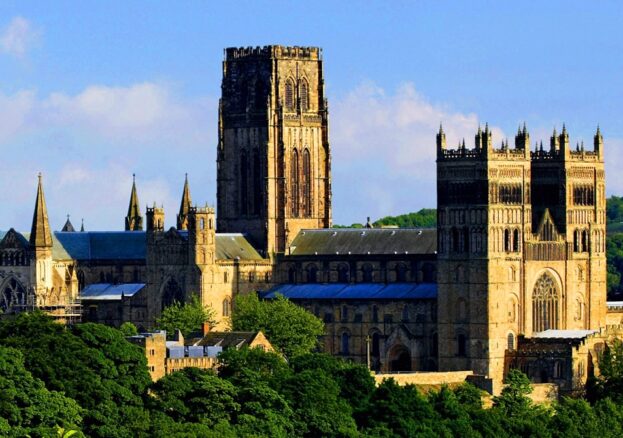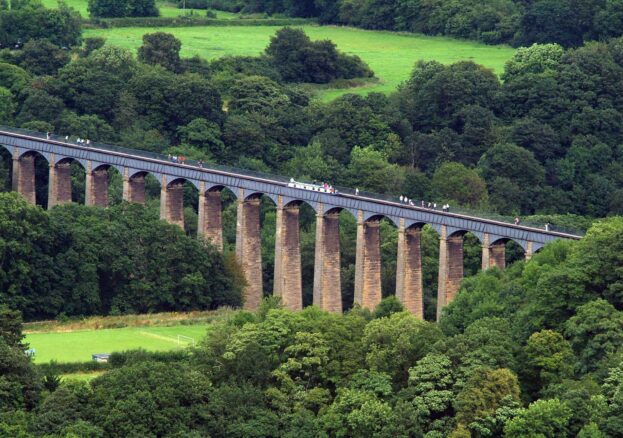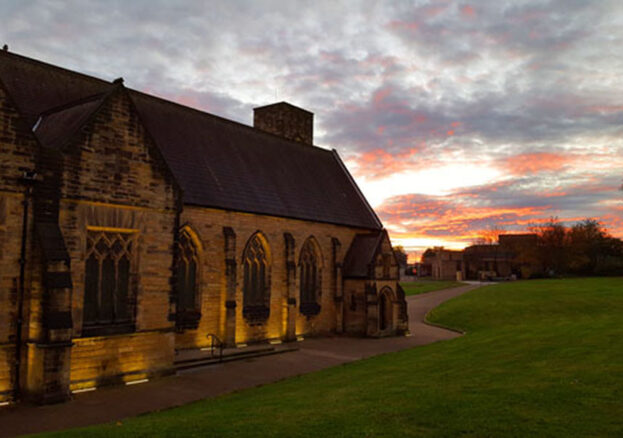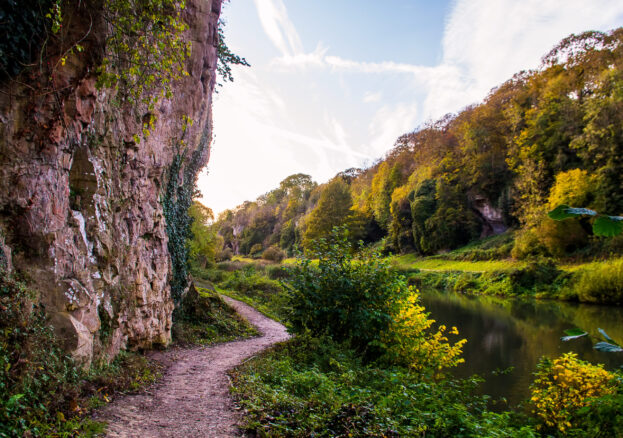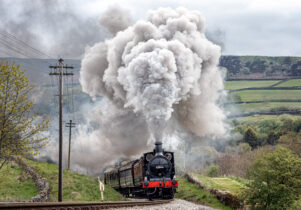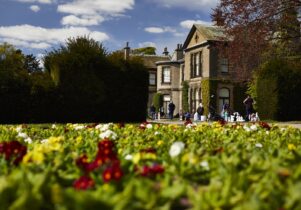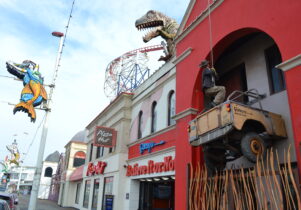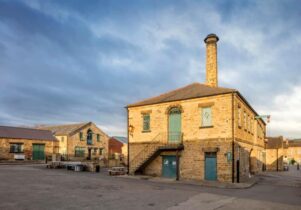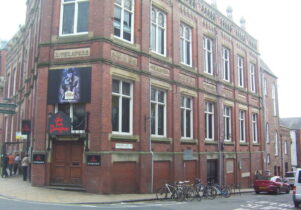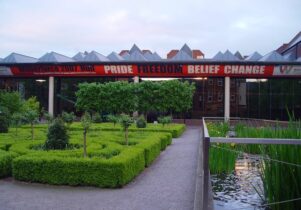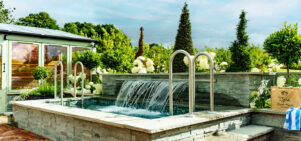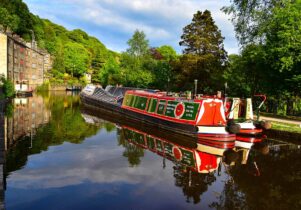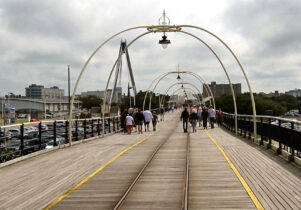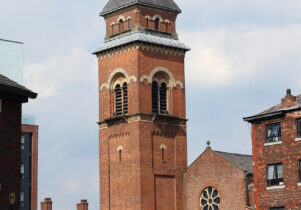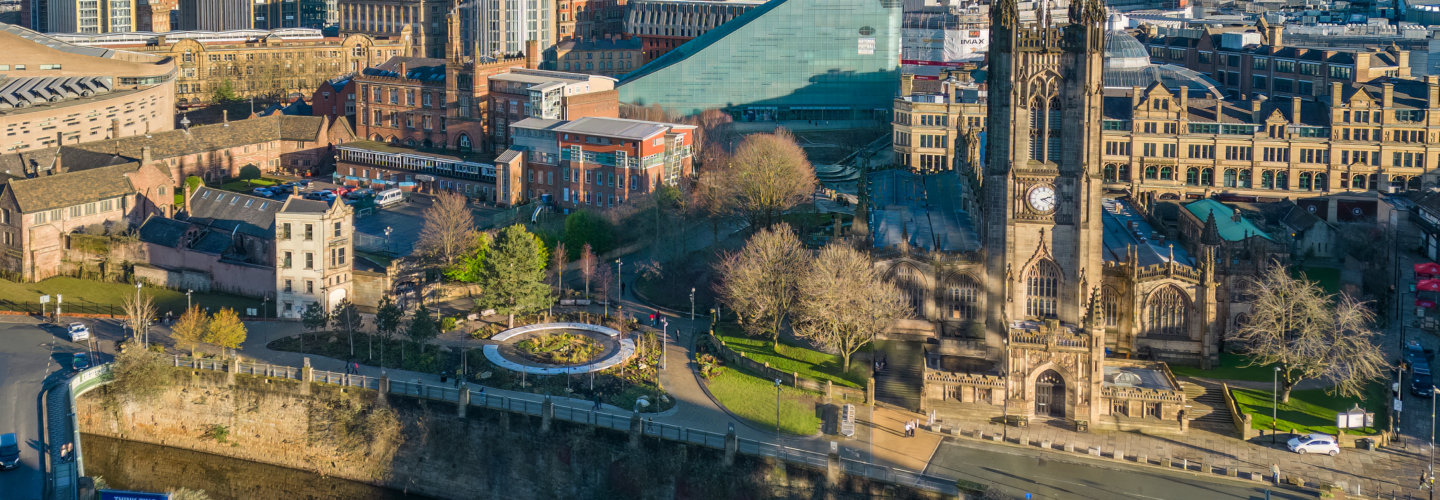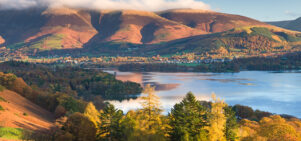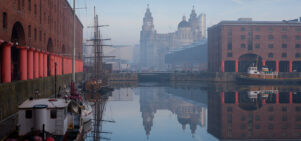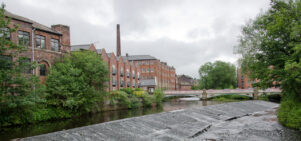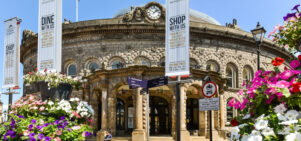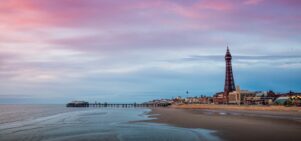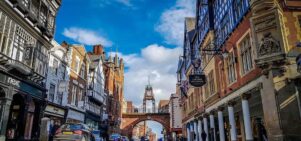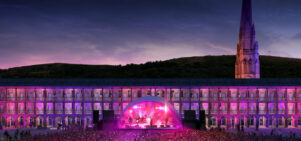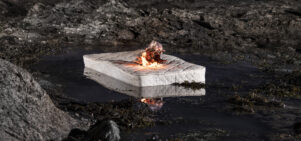UNESCO World Heritage Sites in the North
Jake GillWorld Heritage Sites tell the story of this country’s unique contribution to the world. More than playing its part in that story, the North is home to many natural, cultural, historical and scientific Sites of international interest, and they’re right on your doorstep!
A World Heritage Site is a landmark or area that has been officially recognised by the United Nations, specifically by the United Nations Educational, Scientific and Cultural Organization (UNESCO), as being so important for the shared understanding and future of our planet we should look after them forever. There are more than 1100 Sites globally. Some are natural like the Great Barrier Reef or the Serengeti, and many are man-made like Stonehenge or the Taj Mahal. UNESCO endeavours to support the preservation and development of these irreplaceable sites in order to protect and enrich them, not only for ourselves, but for future generations.
There is little wonder why the North is so celebrated by UNESCO – from stunning areas of environmental beauty including the Lake District and the North Pennines, all the way to vital remnants of our industrial heritage at Saltaire and the Derwent Valley Mills, there are hidden and not-so-hidden gems all over the region. Those on a quest to unravel our Roman past should visit the northern frontier of the Roman Empire – Hadrian’s Wall – for some of the most breath-taking scenery and astonishing history dating back over two millennia. Or turn your gaze upwards towards Macclesfield’s awe-inspiring Jodrell Bank Observatory – home to some of the most ground breaking intergalactic discoveries since the dawn of the Space Age.
To experience the best of Durham, a city steeped in rich history, head to the globally-significant Cathedral and Castle, or if you plan to journey into north-eastern Wales any time soon, don’t miss the Pontcysyllte Aqueduct for a “a masterpiece of creative genius” set in the beautiful Welsh countryside. And if you’re the type that likes to get ahead of the curve, why not visit the Twin Monasteries of Wearmouth-Jarrow, or discover our prehistoric past at Creswell Crags, while they both await their World Heritage Site inscriptions.
So, pen and paper at the ready as we explore the international treasures in your back yard.
